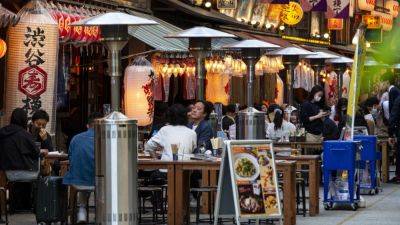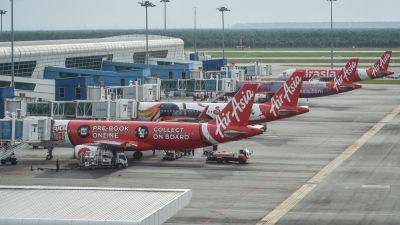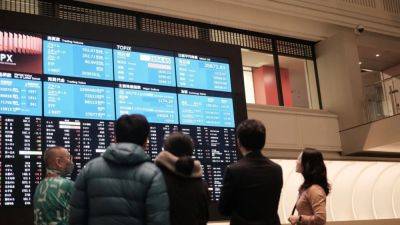A monument honors Japanese Americans incarcerated during World War II by listing every name
LOS ANGELES (AP) — Samantha Sumiko Pinedo and her grandparents file into a dimly lit enclosure at the Japanese American National Museum and approach a massive book splayed open to reveal columns of names. Pinedo is hoping the list includes her great-grandparents, who were detained in Japanese American incarceration camps during World War II.
“For a lot of people, it feels like so long ago because it was World War II. But I grew up with my Bompa (great-grandpa), who was in the internment camps,” Pinedo says.
A docent at the museum in Los Angeles gently flips to the middle of the book — called the Ireichō — and locates Kaneo Sakatani near the center of a page. This was Pinedo’s great-grandfather, and his family can now honor him.
On Feb. 19, 1942, following the attack by Imperial Japan on Pearl Harbor and the United States’ entry to WWII, President Franklin D. Roosevelt signed Executive Order 9066 authorizing the incarceration of people of Japanese ancestry who were considered potentially dangerous.
From the extreme heat of the Gila River center in Arizona, to the biting winters of Heart Mountain in Wyoming, Japanese Americans were forced into hastily built barracks, with no insulation or privacy, and surrounded by barbed wire. They shared bathrooms and mess halls, and families of up to eight were squeezed into 20-by-25 foot (6-by-7.5 meter) rooms. Armed U.S. soldiers in guard towers ensured nobody tried to flee.
Approximately two-thirds of the detainees were American citizens.
When the 75 holding facilities on U.S. soil closed in 1946, the government published Final Accountability Rosters listing the name, sex, date of birth and marital status of the Japanese Americans held at the 10 largest facilities. There was no clear







